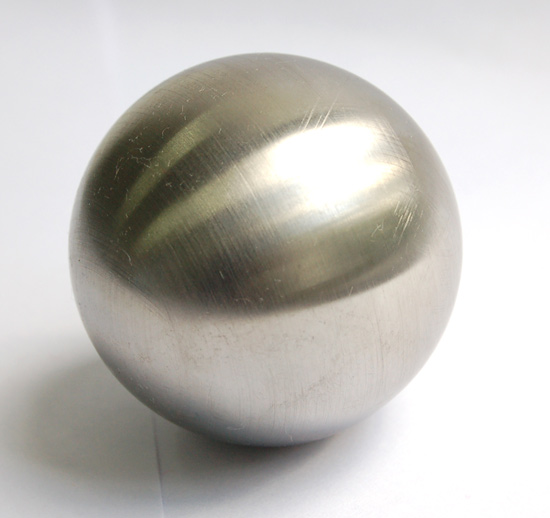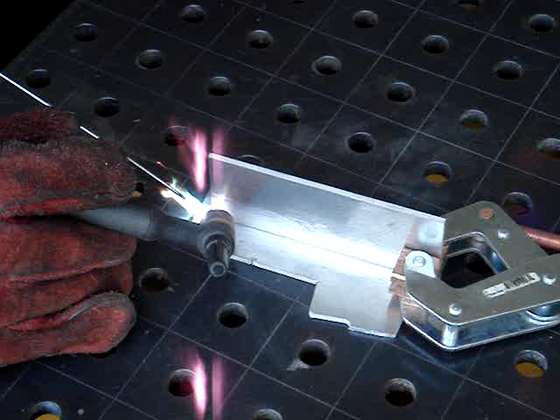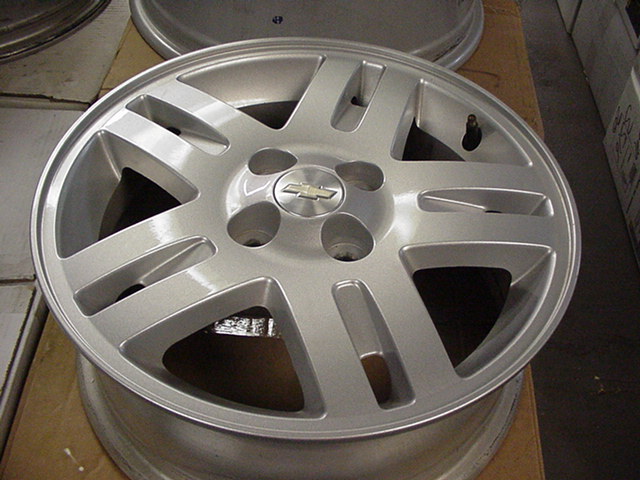What is Tungsten ?
Tungsten is a chemical element with the chemical symbol W and atomic number 74. The word tungsten comes from the Swedish language tung sten directly translatable to heavy stone. Tungsten is a very hard, dense, silvery-white, lustrous metal that tarnishes in air, forming a protective oxide coating. In powder form tungsten is gray in color.
The metal has the highest melting point of all metals, and at temperatures over 1650 oC also has the highest tensile strength. Pure tungsten is ductile, and tungsten wires, even of a very small diameter, have a very high tensile strength.
In 1758, the Swedish chemist and mineralogist, Axel Fredrik Cronstedt, discovered and described an unusually heavy mineral that he called “tung-sten”, which is Swedish for heavy stone. He was convinced that this mineral contained a new and, as yet undiscovered, element.
It was not until 1781 that a fellow Swede, Carl Wilhelm Scheele,who worked as a pharmacist and private tutor in Uppsala and Köping, succeeded in isolating the oxide (tungsten trioxide). Independent of Scheele, two Spanish chemists, the brothers Elhuyar de Suvisa, first reduced the mineral wolframite to tungsten metal in 1783. Jöns Jacob Berzelius (1816) and later also Friedrich Wöhler (1824) described the oxides and bronzes of tungsten and gave the new metal the name “wolfram”. While this established itself in Germany and Scandinavia, the Anglo-Saxon countries preferred Cronstedt’s “tungsten”.
The first industrial application of tungsten was the alloying and hardening of steels late in the 19th century. Rapid growth and widespread application followed the invention, and the launch of high speed steels by Bethlehem Steel took place in 1900 at the Paris World Exhibition.
A hard, rare metal under standard conditions when uncombined, tungsten is found naturally on Earth only in chemical compounds. It was identified as a new element in 1781, and first isolated as a metal in 1783. Its important ores include wolframite and scheelite. The free element is remarkable for its robustness, especially the fact that it has the highest melting point of all the non-alloyed metals and the second highest of all the elements after carbon. Also remarkable is its high density of 19.3 times that of water, comparable to that of uranium and gold, and much higher (about 1.7 times) than that of lead. Tungsten with minor amounts of impurities is often brittle and hard, making it difficult to work. However, very pure tungsten, though still hard, is more ductile, and can be cut with a hard-steel hacksaw.
The unalloyed elemental form is used mainly in electrical applications. Tungsten’s many alloys have numerous applications, most notably in incandescent light bulb filaments, X-ray tubes (as both the filament and target), and superalloys. Tungsten’s hardness and high density give it military applications in penetrating projectiles. Tungsten compounds are most often used industrially as catalysts.
Tungsten is the only metal from the third transition series that is known to occur in biomolecules, where it is used in a few species of bacteria. It is the heaviest element known to be used by any living organism. Tungsten interferes with molybdenum and copper metabolism, and is somewhat toxic to animal life.
Tungsten and its alloys are widely used for filaments in older style (not energy saving) electric bulbs and electronic tubes. It is used for making heavy metal alloys because of its hardness. Tungsten is used for high-temperature applications such as welding. High speed steel (which can cut material at higher speeds than carbon steel), contains up to 18% tungsten. Tungsten carbide (WC or W2C) is extremely hard and is used to make drills. It is also used for jewelry because of its hardness and wear resistance.
Most of the tungsten metal powder is converted to tungsten carbide (WC) by reaction with pure carbon powder, e.g. carbon black, at 900 - 2200°C in pusher or batch furnaces, a process called carburisation. Tungsten carbide is, quantitatively, the most important tungsten compound. Because of its hardness, it is the main constituent in cemented carbide. By melting tungsten metal and tungsten monocarbide (WC) together, a eutectic composition of WC and W2C is formed. This melt is cast and rapidly quenched to form extremely hard solid particles having a fine crystal structure. A tough, feather-like structure is preferred over the brittle, blocky structure obtained by insufficient quenching. The solids are crushed and classified to various mesh sizes.
You might also like
| Tungsten What is Tungsten Metal ? In 1779 Peter Woulfe... | Aluminum Welding - Beginner Guide to Weld Aluminum How to weld Aluminum ? Aluminum is the most... | What is TIG WELDING ? TIG Welding - an Overview Gas tungsten arc... | Cobalt Alloys Do you know Cobalt Alloys ? Cobalt is useful... |




 Alloy Suppliers
Alloy Suppliers
 Aluminum
Aluminum
 Aluminum Extrusions
Aluminum Extrusions
 Copper-Brass-Bronze
Copper-Brass-Bronze
 Nickel
Nickel
 Magnets
Magnets
 Stainless Steel
Stainless Steel
 Stainless Steel Tubing
Stainless Steel Tubing
 Steel Service Centers
Steel Service Centers
 Titanium
Titanium
 Tungsten
Tungsten
 Wire Rope
Wire Rope